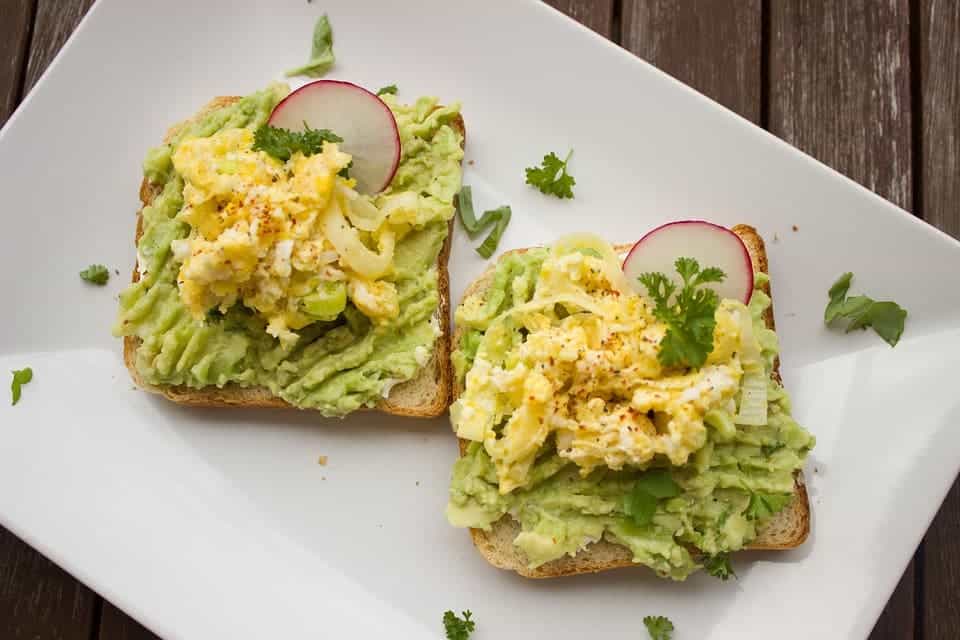Math and food don’t often pair well together, but three decades ago, geometer George W. Hart learned of a puzzle that still haunts academics to this day. He called it the Incompatible Food Triad.

The premise is simple: what three foods (let’s say A, B, and C) go well in pairs of two, but absolutely don’t go well when taken all together? So A and B are good together, A and C are good together, B and C are good together, but A and B and C are bad.
Like many mathematical mysteries, this one sounds quite simple but is, in fact, quite complicated. The premise seems reasonable enough, and with the sheer number of foods and spices out there, you’d think that a group like this must exist, but when you get down to it, you’ll start to see that solutions are scarce at best. Hart says that it’s been 25 years since he first learned of the problem, and still, no conclusive answer has been put forth.
“I learned of The Incompatible Food Triad problem from the philosopher Nuel Belnap when I was a graduate student in the late 1970’s. He mentioned it in discussion while we were at a dinner together. In the intervening years, I have occasionally passed it on it at various dinners to my colleagues and graduate students, always without success. Recently, (at a wonderful dinner in southern Spain with a colleague, two graduate students, and a vast platter of tentacles and mysterious seafood,) I realized it has been twenty-five years with zero progress.”
But this doesn’t mean that attempts haven’t been made.
The most common fallacy is to overlook a pair. A classic example is tea, milk, and lemon, famously described by Richard Feynman in his autobiographical Surely You’re Joking Mr. Feynman. Tea and milk go well together, tea and lemon also go well, and tea, milk, and lemon certainly don’t go together. But this overlooks milk and lemon, which don’t go well together (even causing curdles).
Another discussed solution is honey, chocolate, and chicken. Honey and chocolate go well together, honey and chicken are a solid pairing, but I draw my line at chocolate and chicken. Also, if you’d say that chocolate and chicken are acceptable, I’d argue that adding honey doesn’t really make it worse. The same thing goes for another proposed solution which seems to have gathered traction: cheese, peanut butter, and jam. Cheese and peanut butter seem like an odd pairing, but if you can get it to work, adding some jam doesn’t seem like it would do any harm. In my view at least, that’s not a true solution.
But I did manage to find two solutions online. The first one is lemon, cocoa, curry. All three pairs are a bit of a stretch, but cocoa and lemon do work together, cocoa curry is a thing, and lemon curry is also a good pairing. But throw them all together, and that’s a definite no-no. The other one is no longer within the food realm and spills over to drinks: gin, tonic, and orange juice. All three pairs work fine, but take them together, and you end up with something that’s bizarre at best. There are cocktails that involve both gin and orange juice, but gin tonic with orange juice, as nice as it might seem, offers a nasty surprise.
The best solution I could find (which was promptly shut down by my colleagues at ZME) was yogurt, honey, and garlic. Surely the three don’t work together, and surely yogurt & honey and yogurt & garlic are great pairings. But does honey and garlic work? I’d say yes, but alas, my colleagues say no.
Perhaps at the end of it all, George Hart’s favorite solution is the best way to go. What’s that you wonder? Well, a shot of tequila, a shot of tequila, and of course, a shot of tequila. Who knew that pairing math and food together can get you so far?
If that isn’t enough of a brain stretcher, then Craig Westerland (at the University of Michigan) proposes a complementary question: Are there three foods which you would eat together, but you wouldn’t eat any pair without the third?


